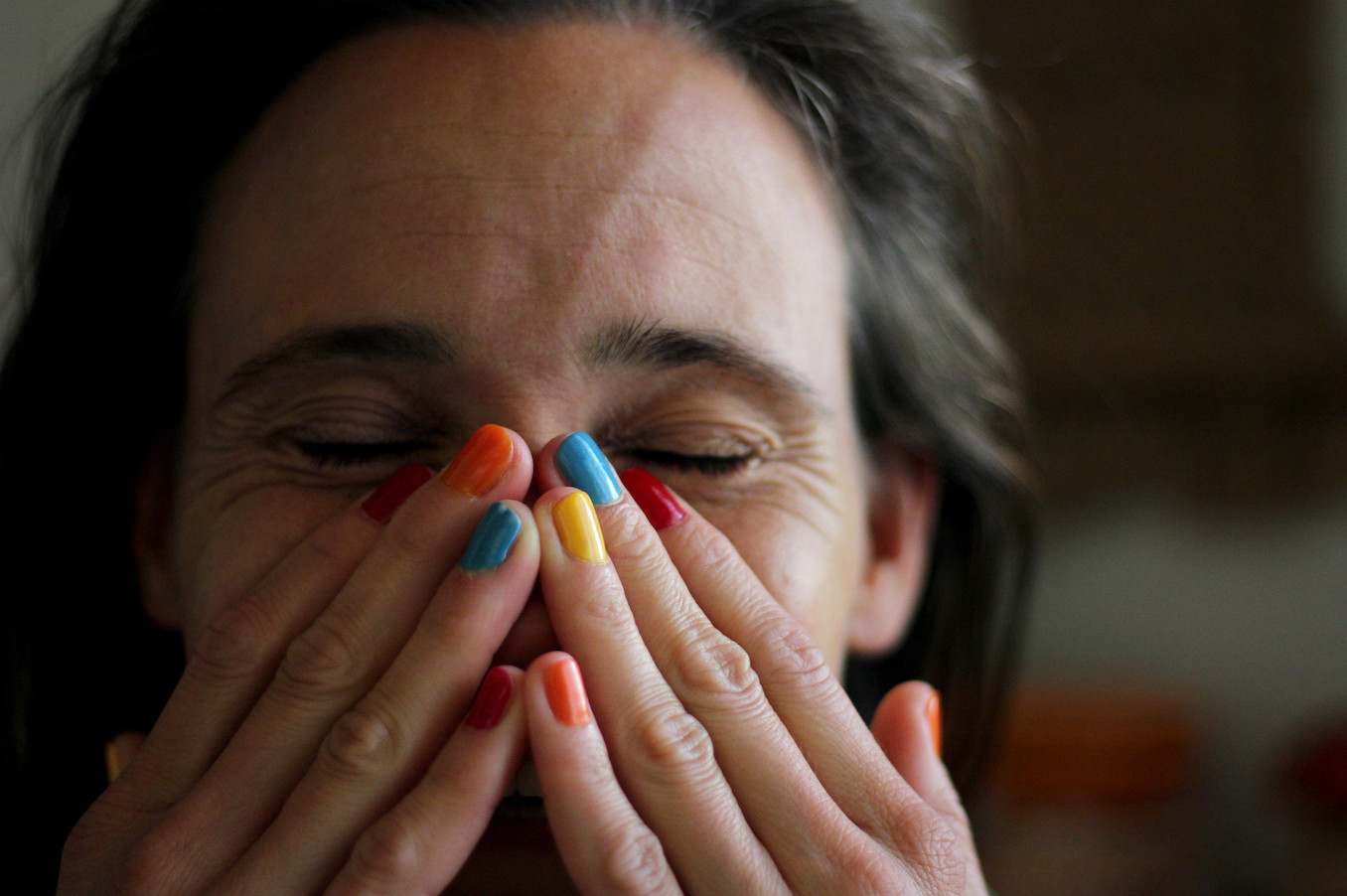
Borderline Personality disorder: It’s time to change the narrative

People with Borderline Personality Disorder (BPD) face stigma from both the public and health care providers. By challenging this narrative, people with BPD can be supported to lead a fulfilling life
Published 30 September 2020
Over recent years federal government mental health policy and media focus has mainly been on people with high prevalence disorders such as anxiety and depression.
In contrast, people with borderline personality disorder (BPD) are all too frequently excluded by mental health services and if they receive media attention at all, it is negative in nature.

What is bpd?
BPD is regarded as a pervasive, longstanding and inflexible pattern of instability of interpersonal relationships, problems with self-image and regulation of emotions and marked impulsivity that commences in early childhood and manifests in a variety of contexts.

The person attempts to avoid real or imagined abandonment, experiences identity disturbance and chronic emptiness, exhibits recurrent suicidal behaviour, has unstable and intense interpersonal relationships, displays affective instability and may experience transient stress-related paranoid ideation.
Stigma about bpd
The features of BPD are poorly recognised by members of the general public, who are less likely to be sympathetic to people living with BPD than to those with other mental health problems such as depression. Within health and mental health care settings stigma towards people with BPD is pervasive.
For example, people with BPD are often described by clinicians as uniformly difficult, manipulative, demanding, and attention seeking.

We attribute neglect of this condition to the following three reasons:
1. Organisations or practices having specific rules/reasons for excluding patients with BPD. They are not perceived to have serious mental illnesses in the same way as people with schizophrenia-spectrum disorder or severe mood disorder;

Health & Medicine
The mental marathon of COVID-19
2. Clinicians ruling out a person with BPD for treatment because they are considered too difficult to interact with; and,
3. People with BPD are incorrectly considered untreatable.
We believe that all three reasons wholly or partly reflect the stigma attached to BPD.
These negative stereotypes may be driven by mental health workers’ observations of the challenging features often noted when people with BPD present to services in crisis, such as self-harm, threats of suicide, and anger.
The client-clinician therapeutic alliance is all important in working with people with all types of mental health conditions but particularly critical in working with people with BPD. In a vicious cycle, clinicians who hold stigmatised beliefs regarding people with BPD may distance themselves within the therapeutic alliance.
This distancing is likely to trigger sensitivity to abandonment for clients with BPD, which in turn may exacerbate presenting BPD features and signs and symptoms of comorbid disorders such as substance misuse. Such escalation may further maintain the stigmatised responses of mental health workers to people with BPD, such as the stereotype that they are untreatable.

People with bpd speak
The recent national Our Turn to Speak survey asked Australians living with complex mental health issues such as BPD about their experiences of stigma and discrimination across 14 life domains, including mental healthcare.

Health & Medicine
Caring for those touched by suicide behaviour
The National Stigma Report Card, is a collaboration between SANE Australia’s Anne Deveson Research Centre and the Melbourne School of Psychological Sciences and with support from the Paul Ramsay Foundation, reports on the findings from this survey.
Participants living with BPD were more likely to report stigma and discrimination in the mental healthcare system than those living with any other complex mental health issue sampled such as schizophrenia. Such negative experiences were linked to anticipation of similar future experiences and withdrawal from help seeking for mental health problems.
One participant said of their experiences in mental healthcare services, “BPD has a lot to do with it, people don’t actually wait to see what I’m like, they just see the label. Everybody thinks that I’m dangerous or I’m just trying to get attention. They don’t see what’s going on or what I need…”.

How do we treat stigma and self-stigma?
1. Educational and contact-based interventions have demonstrated effectiveness in reducing stigmatised responses to people with BPD in mental healthcare settings (contact with people with BPD when they are not in crisis).

Health & Medicine
COVID-19 distancing especially hard on those with mood disorders
2. By building the capacity of the mental healthcare system to deliver services to people with BPD in terms of improved training, skills development, support and clinical supervision for mental health workers.
For example, within health and wider systems like the police force we should expect and educate staff with basic but important principles including respect, consistency, communication skills, instillation of hope and assessment skills.
3. People with BPD are likely to have comorbid mental state disorders such as substance misuse, anxiety, and depression; these should be addressed even if the BPD component is obvious. Suicidality needs to be taken seriously and not discounted as attention-seeking parasuicidal gestures. Studies show that up to 10 per cent of people diagnosed with BPD will die of suicide.
4. Regarding BPD itself, the evidence is that it is treatable. There are a range of effective treatments such as schema-focused therapy, transference-focused therapy, mentalisation-based treatment, dialectical behaviour therapy (DBT) and John Gunderson’s common factors approach.

5. People with BPD have typically experienced non-validating experiences beginning early in life; therefore, perceived or actual rejections from clinicians will reinforce their own negative self-view. This is why we need to educate health and mental healthcare staff about BPD.
6. People with BPD can ‘Flip the Script’ - change self-pejorative language, move towards strengths-based thinking and share their lived-experiences with others.
7. Clinicians also need to challenge these stereotypic pejorative self-stigmatising labels with people with BPD and help that person develop a good fulfilling life.
The week of 1-7 October 2020 has been designated BPD Awareness week in Australia (https://www.bpdfoundation.org.au/) and is intended to raise awareness of borderline personality disorder (BPD) amongst the community.
If you or anyone you know needs help or support, you can call Lifeline on 13 11 14.
Banner: Getty Images

